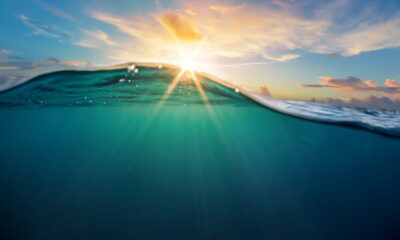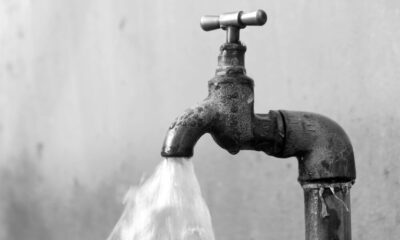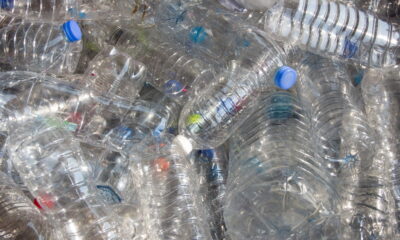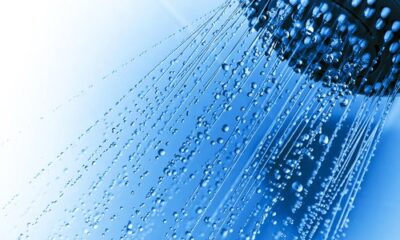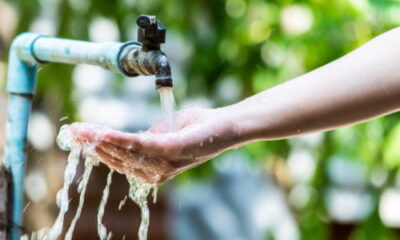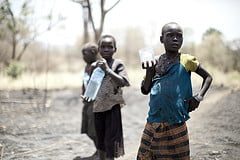

News
Safe drinking water goal achieved, but not in most deprived areas
The World Health Organisation and UNICEF have announced that the Millennium Development Goal (MDG) on safe drinking water has been reached five years ahead of schedule. However, the areas most in need of improvement are still lacking, according to a leading water charity.
According to the Progress on Drinking Water and Sanitation report, two billion people gained access to improved drinking water between 1990 and 2000. The Millennium Development Goal (MDG) was to provide 88% of the world’s population with this access by 2015, which has been exceeded five years early.
The World Health Organisation and UNICEF have announced that the Millennium Development Goal (MDG) on safe drinking water has been reached five years ahead of schedule. However, the areas most in need of improvement are still lacking, according to a leading water charity.
According to the Progress on Drinking Water and Sanitation report, two billion people gained access to improved drinking water between 1990 and 2000. The Millennium Development Goal (MDG) was to provide 88% of the world’s population with this access by 2015, which has been exceeded five years early.
But Peter Boonman, director of water and sanitation charity, Pump Aid, said that whilst this was a positive announcement, the areas most in need of improved drinking water were still without.
“If you need to go for a target, you go for the so-called low hanging fruit … you reach for those targets that are the easiest to achieve”, explained Boonman.
“Easiest to achieve is of course when you have a high population density, i.e., the urban areas, and where people can buy water supplies themselves, so basically in areas where the average income is a little bit higher.
“We work in sub-Saharan Africa, which is exactly the region where the population growth has been higher than the achievements on the MDG, so actually in some aspects we’ve gone backwards instead of forwards.”
The fact remains that 11% of the world is still without. That’s 783 million people. Add to that a massive 2.5 billion people still lacking basic sanitation and it is clear there is still a long way.
“We work in these on-the-ground projects for the poor, rural communities that are still without access to clean water, and will be for the foreseeable future because they are the people that do not have the money [and are] in areas with a low population density”, said Pump Aid’s Boonman.
“That means that aid still plays an important role in that. Even at our level, which is just a simple implementation of projects, we are already trying to work with not just people making the pumps, but with the communities; training local welders, builders and people to manufacture the pumps.
“Those very basic things – that’s what needs to be done on the ground. Investing in the on-the-ground work: that is still where money is highly needed.”
Pump Aid’s work in sub-Saharan Africa, along with many other similar organisations and charities, is much appreciated by the desperately disadvantaged communities that are being helped.
Yes, the world has reached its MDG five years ahead of schedule. But that should absolutely not signal a time to relax measures to improve the lives of the remaining 11%.
Visit Pump Aid’s website to find out how you can help. As Blue & Green Tomorrow continues to highlight, investing in funds that actively tackle these challenges is arguably the most effective way to make a difference. Ask your IFA for more information or fill in our online form and we’ll help you pick a fund that is best suited to your goals.
Related links:
Sustainability funds are ‘helping the world move onto a more sustainable footing’
Future water demand will outstrip supply
Picture source: Arsenie Coseac

